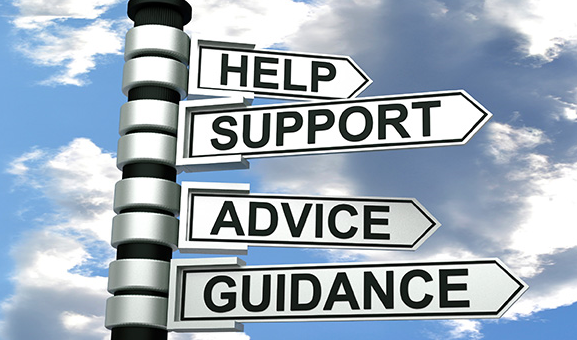 As Canadians, we may sometimes find ourselves burdened by overwhelming debt, hindering our financial freedom and limiting our options for growth. Fortunately, in Canada, there are several free debt relief options that can alleviate financial stress and help individuals regain control of their finances. In this post, we will explore ten such options, aimed at providing a comprehensive understanding of the various resources available to individuals seeking Canada debt relief services and programs.
As Canadians, we may sometimes find ourselves burdened by overwhelming debt, hindering our financial freedom and limiting our options for growth. Fortunately, in Canada, there are several free debt relief options that can alleviate financial stress and help individuals regain control of their finances. In this post, we will explore ten such options, aimed at providing a comprehensive understanding of the various resources available to individuals seeking Canada debt relief services and programs.
Budgeting and Financial Planning:
A crucial first step towards debt relief is to create a comprehensive budget and financial plan. By tracking income, expenses, and debt obligations, individuals can gain better control over their spending habits, identify areas of improvement, and develop a strategy for debt repayment.
Credit Counselling:
Non-profit credit counselling agencies offer free services that assist individuals in managing their debt effectively. These agencies provide guidance on budgeting, debt management plans, negotiation with creditors, and financial literacy programs, helping individuals regain control of their finances.
Debt Consolidation:
Debt consolidation involves combining multiple debts into a single loan or line of credit. By consolidating debts, individuals can simplify their repayment process, potentially obtain a lower interest rate, and reduce the overall financial strain associated with managing multiple debts.
Debt Management Plans (DMPs):
DMPs, facilitated by credit counselling agencies, enable individuals to repay their debts through negotiated reduced interest rates with creditors. These plans consolidate payments, which individuals make to the credit counselling agency, who then distributes the funds to respective creditors on their behalf.
Debt Relief Order (DRO):
A Debt Relief Order is a legal process that can provide individuals with low income and minimal assets an opportunity for debt discharge. This option is available to residents of certain provinces and requires an application to a licensed insolvency trustee.
Informal Debt Settlement:
Informal debt settlement involves negotiating directly with creditors to reach a settlement on the outstanding balances. Although not guaranteed, creditors may agree to reduce the debt amount or modify the repayment terms, allowing individuals to pay off their debts under more manageable conditions.
Consumer Proposal:
A consumer proposal is a formal legal procedure that allows individuals to propose a repayment plan to creditors. Administrated by a licensed insolvency trustee, it enables debtors to make reduced monthly payments while ensuring protection against legal actions from creditors.
Bankruptcy:
While bankruptcy should be considered as a last resort, it is an option available for individuals with insurmountable debt and no other feasible solutions. It provides a fresh financial start by eliminating most unsecured debts, allowing individuals to rebuild their financial lives.
Government Programs:
Apart from these debt relief options, the Government of Canada offers various programs to assist individuals facing financial hardship. Programs such as the Canada Recovery Benefit (CRB) and Employment Insurance (EI) can provide temporary financial relief for those experiencing income loss.
Financial Literacy Education:
Financial literacy programs, often provided by credit counselling agencies and community organizations, offer valuable tools and resources to enhance individuals’ financial knowledge and empower them to make informed decisions. By increasing financial literacy, individuals can effectively manage their debt and avoid future financial pitfalls.
Navigating the complexities of debt can be daunting, but Canada offers a range of free debt relief options designed to help individuals overcome their financial challenges. From budgeting and credit counselling to formal procedures like debt management plans and bankruptcy, Canadians have access to a variety of resources that can provide relief, boost financial literacy, and pave the way towards long-term financial stability. By leveraging these options, individuals can embark on a path towards debt-free living and regain control of their financial future.

